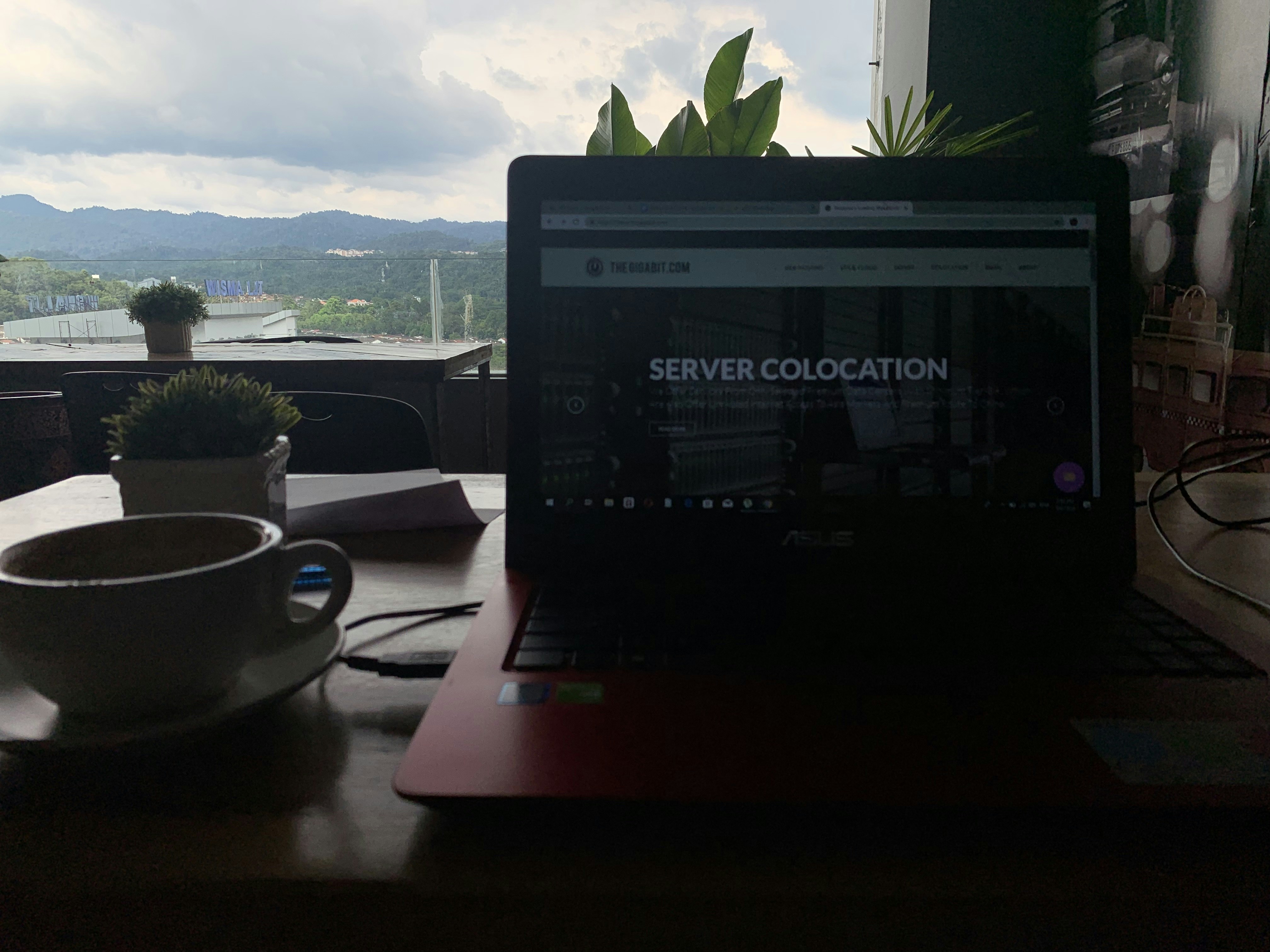Alright, let’s dive into why your server’s location issues and the way it can impression your website’s efficiency, step-by-step. I am going to hold it simple and easygoing.
1. Perceive What “Server Location” Means
Consider your web site as a e book in a library. When somebody needs to learn it, they must go to the library (server) the place it’s saved. Server location is just the place that “library” is on the earth – whether or not it’s within the U.S., Europe, Asia, and so on.
2. Why Server Location Issues for Efficiency
Server location impacts how shortly individuals can entry your web site. The nearer somebody is to the server, the sooner they will “seize” the data they want. For instance, in case your server is in New York, a customer from New Jersey will possible expertise sooner load instances than a customer from Tokyo. Distance equals delay, plain and easy.
3. Influence on Web site Load Occasions (Latency)
When a person tries to go to your website, knowledge has to journey from their system to your server and again. That is referred to as “latency.” The farther your server is from the person, the longer it takes for knowledge to make that round-trip. A server nearer to your main viewers cuts down on latency and hastens your website.
Tip: Use instruments like Pingdom or GTmetrix to see how your website performs from completely different areas. They’ll present you the place latency is hurting your velocity.
4. Selecting the Proper Server Location for Your Viewers
Ask your self: the place are most of my guests coming from? In case your viewers is generally in North America, internet hosting your server in New York or Los Angeles is smart. Should you’re serving a worldwide viewers, a central location or a Content material Supply Community (CDN) is perhaps higher (extra on CDNs in a bit).
Instance: Think about a UK-based on-line retailer with a server in Australia – which means each UK customer has to attend for knowledge to journey all the way in which from Australia, and that delay may result in potential clients bouncing away from gradual load instances.
5. The Function of Content material Supply Networks (CDNs)
A CDN is like having mini-libraries (servers) unfold throughout the globe that retailer copies of your web site’s content material. When a person visits your website, the CDN serves them content material from the closest location, which speeds issues up. CDNs don’t substitute your important server; they work alongside it.
Fast Tip: Providers like Cloudflare, Akamai, and Fastly are in style CDN suppliers. They’re inexpensive and might make a noticeable distinction in load instances, particularly if in case you have a worldwide viewers.
6. Examine If You Want a Server Relocation or a CDN
- Native Viewers: Follow a server near your viewers. You’ll hold latency low and provides your guests a sooner expertise.
- International Viewers: Think about sticking with a CDN. You gained’t want to maneuver your important server, and your content material might be accessible from virtually wherever shortly.
7. Evaluating the Efficiency Influence of Your Server Location
After establishing a brand new server location or a CDN, measure the distinction. Run velocity exams from completely different areas and see in case your bounce charges go down – particularly if you happen to’d observed excessive bounce charges earlier than, which may point out gradual load instances.
Bonus Tip: Google Analytics offers insights into the place your visitors comes from. Mix that with load velocity knowledge to see the place efficiency enhancements assist most.
8. What About search engine optimization?
Server location can have a small impression in your search engine optimization, particularly if you happen to’re aiming to achieve customers in particular areas. Google components in person expertise (and cargo instances), so having a server nearer to your viewers can not directly profit your search rankings.
Fast search engine optimization Tip: Use Google Search Console’s efficiency report back to see how your website hundreds for guests in several areas. Enhancing load instances might provide you with an edge, particularly in extremely aggressive markets.
9. Avoiding Pitfalls of the Flawed Server Location
Should you’re on a price range, internet hosting in sure areas is perhaps cheaper, however this may backfire. For example, if you happen to’re a U.S.-based enterprise concentrating on native clients, a less expensive server in Asia may result in slower load instances and pissed off guests. Stability value and efficiency along with your viewers’s location in thoughts.
10. Abstract Guidelines for Selecting Server Location
- Know Your Viewers: The place are they principally positioned?
- Run Velocity Checks: Measure present efficiency from varied areas.
- Resolve on Server or CDN: Use a close-by server for native visitors, or a CDN for world attain.
- Take a look at After Modifications: Control loading instances and person engagement after switching.
A considerate strategy to server location (and doubtlessly including a CDN) could make your website sooner, enhance person expertise, and even give a little bit of an search engine optimization enhance. The correct location cuts down delays and helps hold your viewers engaged.



